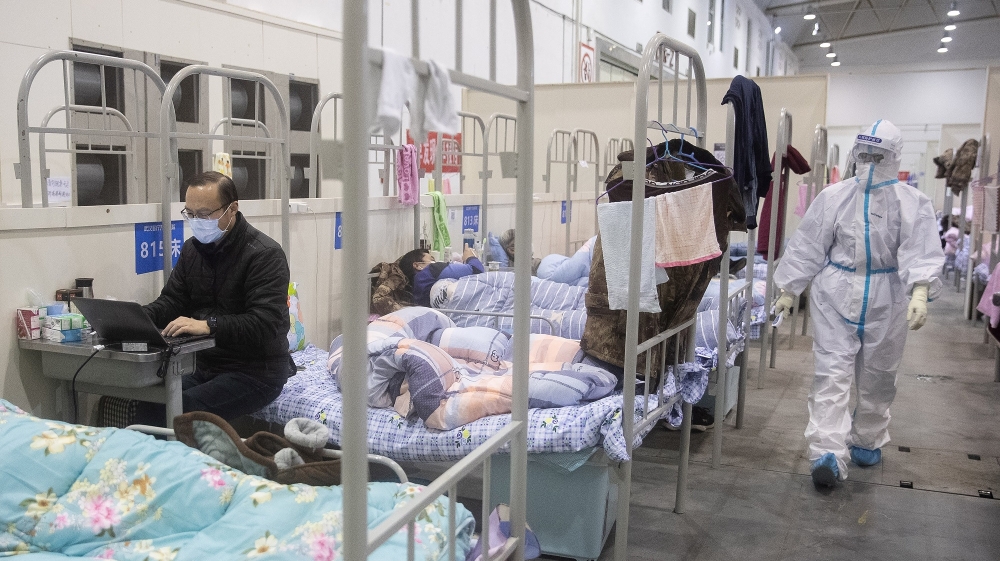Beijing: China reported 37 new coronavirus cases Friday including 25 here. Currently 183 patients are undergoing treatment in the national capital. The city has implemented wartime measures to arrest the COVID-19 spread, health authorities said Friday.
The National Health Commission (NHC) said that 32 new confirmed COVID-19 cases were reported Thursday in China. Among them 28 were domestically-transmitted and four were imported. Of the domestically-transmitted cases, 25 were reported here. There were two cases in Hebei province and one in Liaoning province. No deaths related to the disease were reported Thursday, according to the commission.
Five new asymptomatic cases were reported on the mainland Thursday, the NHC said. It added that 110 asymptomatic cases, including 60 from overseas, were still under medical observation. Two asymptomatic cases were also reported from the national capital. Beijing has so far reported 603 confirmed domestically-transmitted cases, including 411 who were discharged from hospitals after recovery and nine deaths, it said. So far, 174 imported cases have been reported in Beijing, with one still hospitalised, the commission said.
The NHC said that as of Thursday, the overall confirmed cases on the mainland reached 83,325. Currently 293 are being treated, with 13 in severe conditions.
The NHC said that 78,398 people have been discharged after recovery and 4,634 died.
The authorities are closely monitoring seafood stalls in Xinfadi market which is at the centre of the new coronavirus cluster here. A top health expert said there were similarities to the situation in Wuhan at the start of the outbreak last year.
Wu Zunyou, chief epidemiologist at the Chinese Centre for Disease Control and Prevention, told the media Thursday that the ‘findings at Beijing reminded us of the first outbreak of COVID-19 in Wuhan last year, which happened at the Huanan Seafood Wholesale Market’.
The focus of the Huanan investigation was the wild animal stalls, even though the seafood sellers were right next to them, Wu said.
The World Health Organisation (WHO) has already questioned the Chinese officials’ claims that the virus was traced to the imported salmon in Xinfadi. Most of the new cases have been linked to the Xinfadi wholesale food market.
Until a week ago, the Chinese capital had been free of local transmission for 55 days. Xinfadi was quickly identified as the centre of the outbreak after the first patient bought fish, followed by many cases that had links to the Fengtai district market.
“More seafood vendors were infected, followed by beef and lamb vendors,” Wu was quoted as saying by Hong Kong-based ‘South China Morning Post’. “The seafood vendors also showed symptoms earlier than others,” he said.
The environmental samples taken from the market have shown that the places selling seafood, beef and lamb had more traces of the virus than others.
